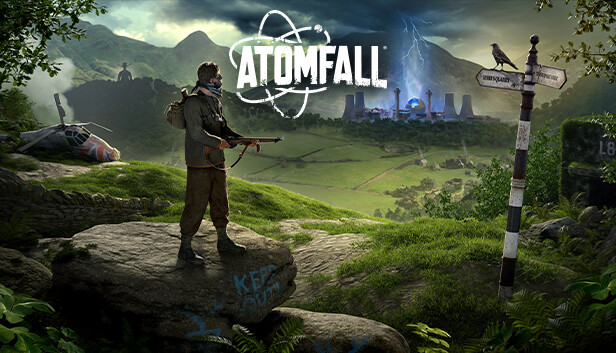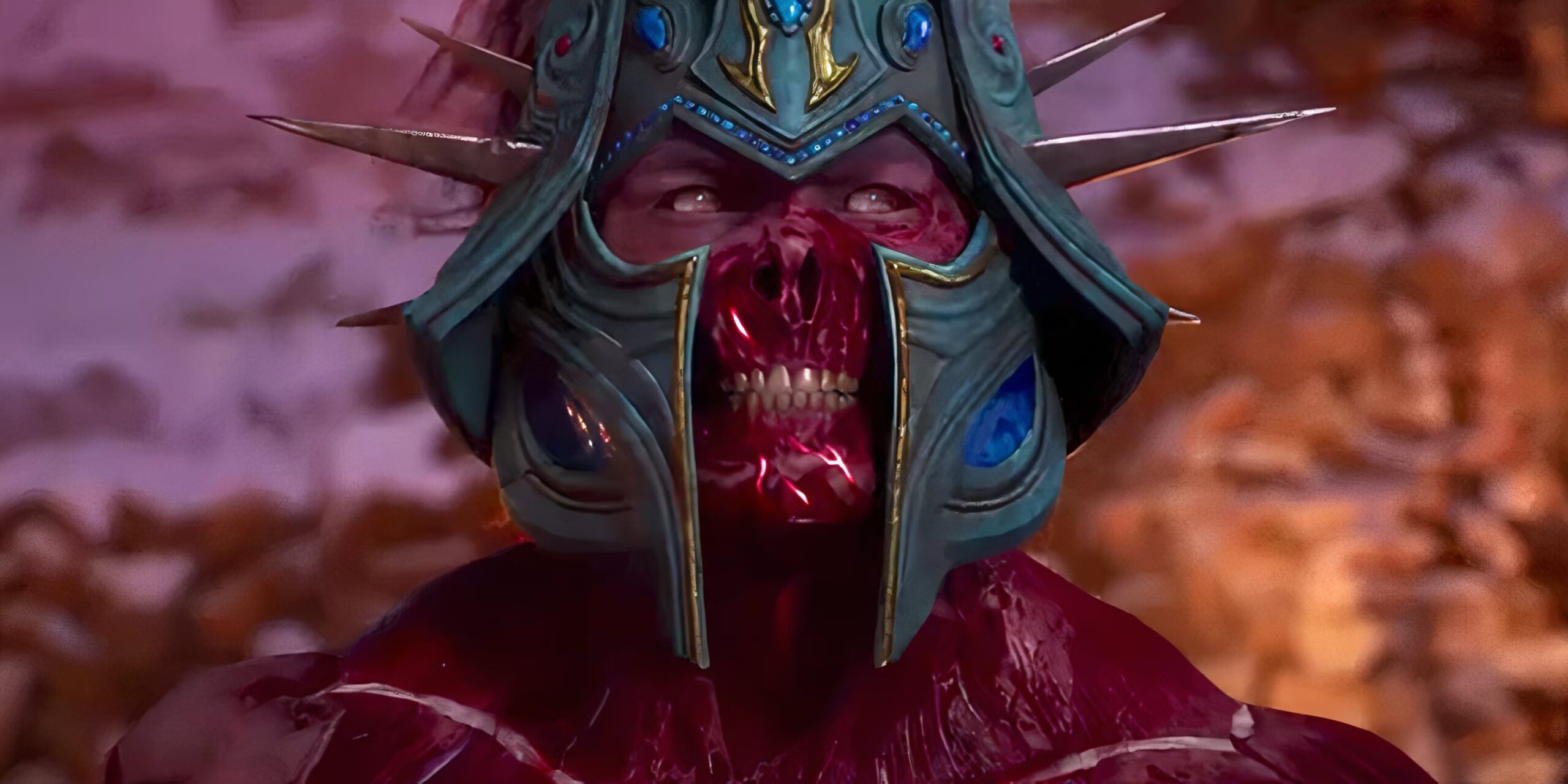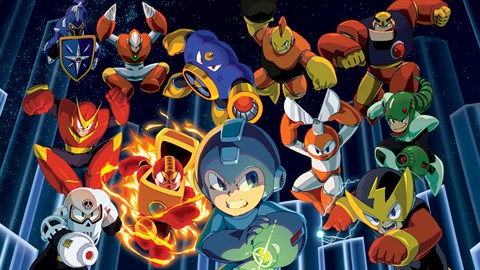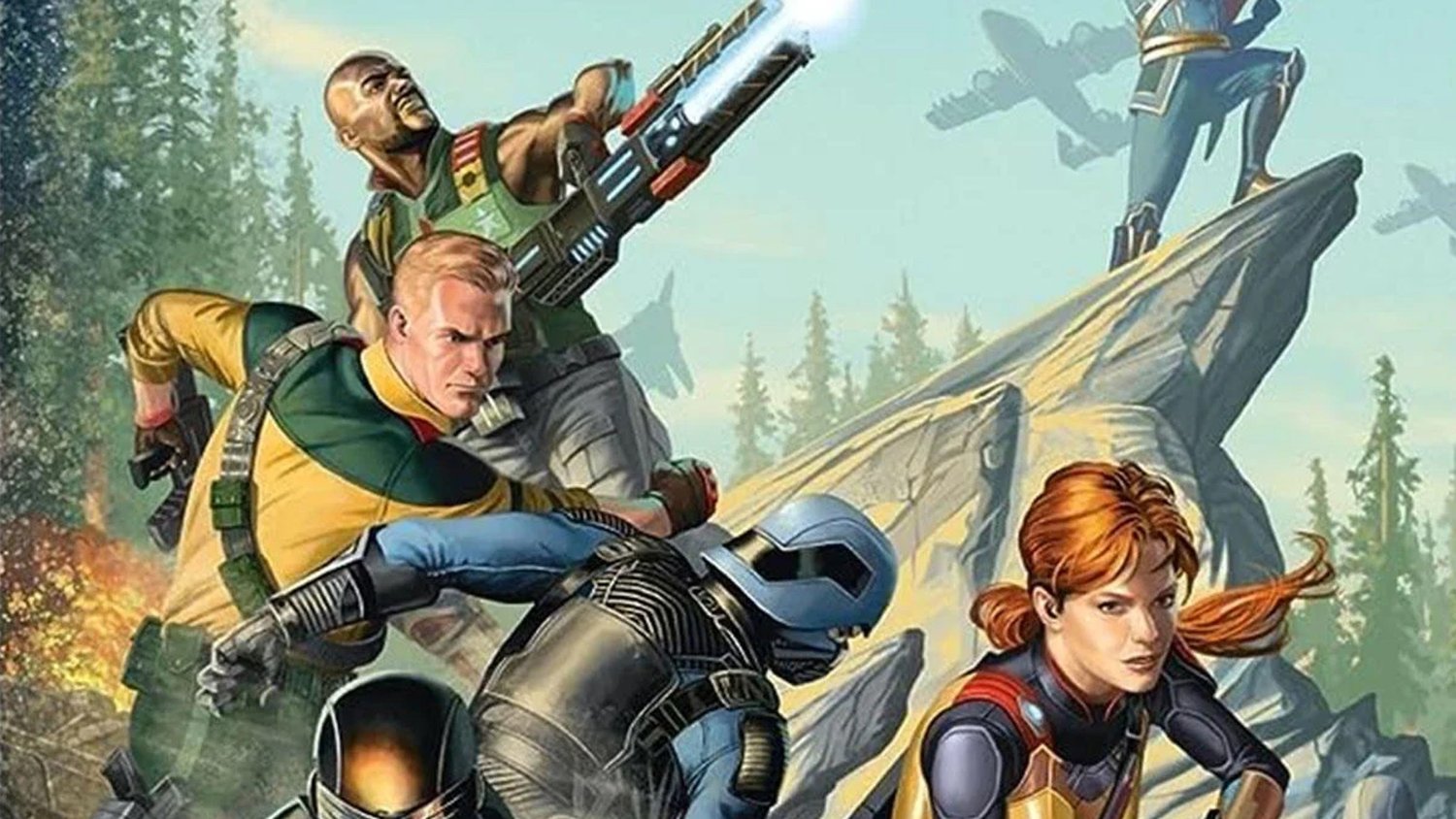The idea behind Atomfall is an immediately gripping one—what if Britain had its own version of Chornobyl? Developed by Rebellion, the game spins a Cold War-era disaster into a post-apocalyptic mystery, setting players loose in an exclusion zone carved out of the Lake District. It’s a world of crumbling villages, abandoned research facilities, and survivors eking out an existence amidst the fallout. The story, full of intrigue and strange encounters, is easily Atomfall’s strongest element. But when it comes to gameplay and atmosphere, it falls short of the games that clearly inspired it, failing to carve out an identity of its own.
The story takes its cues from the real-life 1957 Windscale fire, imagining a scenario where the nuclear accident was far worse than history recorded. The British government, unable to contain the crisis, responded by militarizing the region and eventually walling it off entirely. Years later, you awaken in this quarantine zone as a nameless protagonist with no memory of how you got there. To escape, you must unravel the mystery of what really happened, who is responsible, and what secrets are buried beneath the irradiated hills.
Rather than the usual open-world scavenger hunt, Atomfall structures its story like a detective game. There are no traditional quests—instead, players follow “leads,” gathering evidence in the form of letters, military documents, and interviews with the scattered inhabitants. At the heart of it all is a vast underground research facility, locked behind layers of security and in desperate need of power. Piece by piece, you uncover the truth, all while dealing with the eccentric, and often dangerous, factions that now call the exclusion zone home.
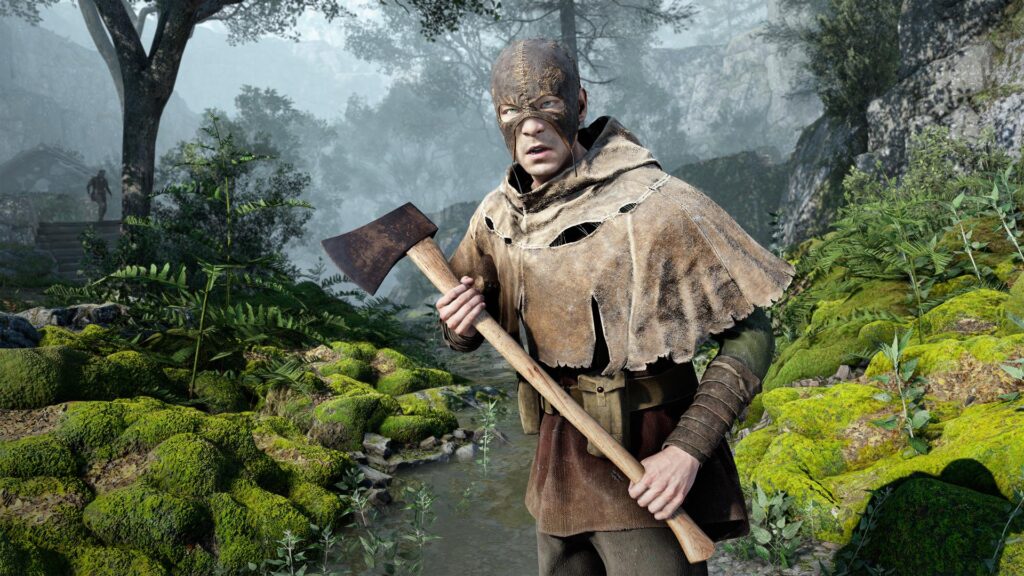
This focus on mystery and investigation works well, lending Atomfall a narrative clarity that many open-world games lack. The people you meet—be they soldiers, scientists, or even a village publican—each have their own reasons for helping (or hindering) your progress. Their motivations intertwine in unexpected ways, adding layers to the central mystery. Some diversions are particularly memorable, such as infiltrating a castle ruled by druidic zealots or solving a murder inside a quiet English church. These moments showcase Atomfall’s best storytelling instincts, bringing a distinct British flavor to the nuclear wasteland formula.
But while the narrative framework is strong, the gameplay struggles to keep up. Atomfall offers combat, stealth, and crafting, but none of these systems feel particularly polished. Gunplay is functional but uninspired, with basic firearms that lack weight or impact. Melee combat, meanwhile, is so clunky that even the worst pistol feels like a godsend in comparison. Crafting is largely limited to bandages and the occasional Molotov cocktail, while stealth exists in theory but is almost impossible to pull off—enemies seem to have supernatural awareness, spotting you from ridiculous distances and immediately alerting their comrades.
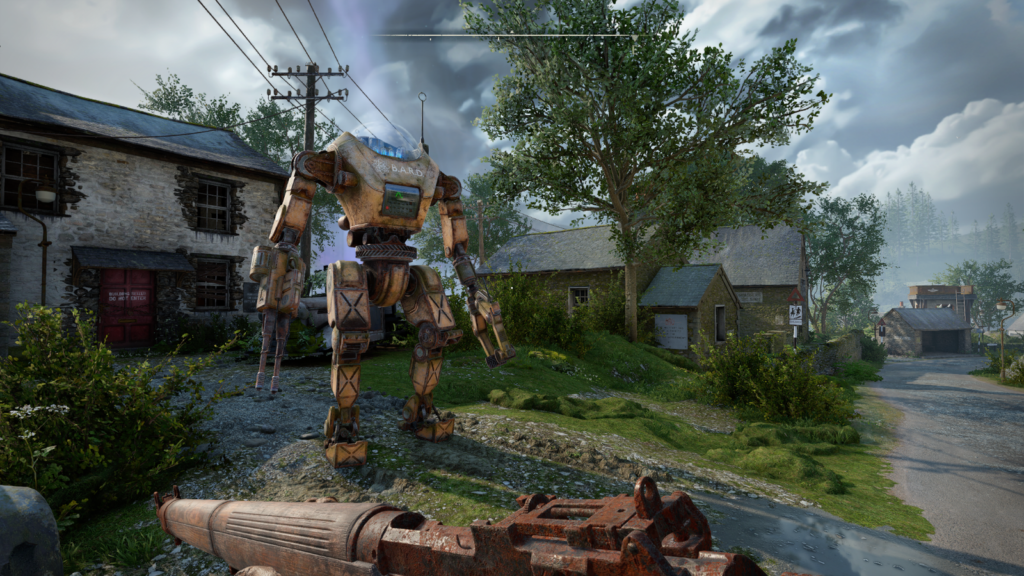
This lack of refinement extends to the game’s atmosphere. Despite its post-apocalyptic premise, Atomfall often feels too bright, too clean. The Lake District exclusion zone is almost too picturesque, its rolling hills and sunlit valleys clashing with the sense of doom and decay that should define the setting. There are striking locations—a deserted village eerily preserved in time, a farmhouse repurposed into a makeshift military outpost—but overall, the world lacks the oppressive tension of a Fallout or Stalker.
This extends to Atomfall’s factions as well. The game tries to inject local flavor into its wasteland gangs, but they often feel like surface-level imitations of more memorable groups from other games. Marauders dressed in cricket gear are a cute nod to British culture, but they don’t leave much of an impression. The druids, while conceptually interesting, lack the eerie menace they seem intended to evoke. The game hints at a weirder, more uniquely British take on the apocalypse—where are the roving bands of poets fighting over whether Wordsworth or Coleridge was the superior Romantic? Why so many Cornish pasties, but no Kendal Mint Cake or Grasmere gingerbread? The setting has so much potential for darkly humorous, regionally specific details, but Atomfall only half-commits, leaving its world feeling oddly generic.
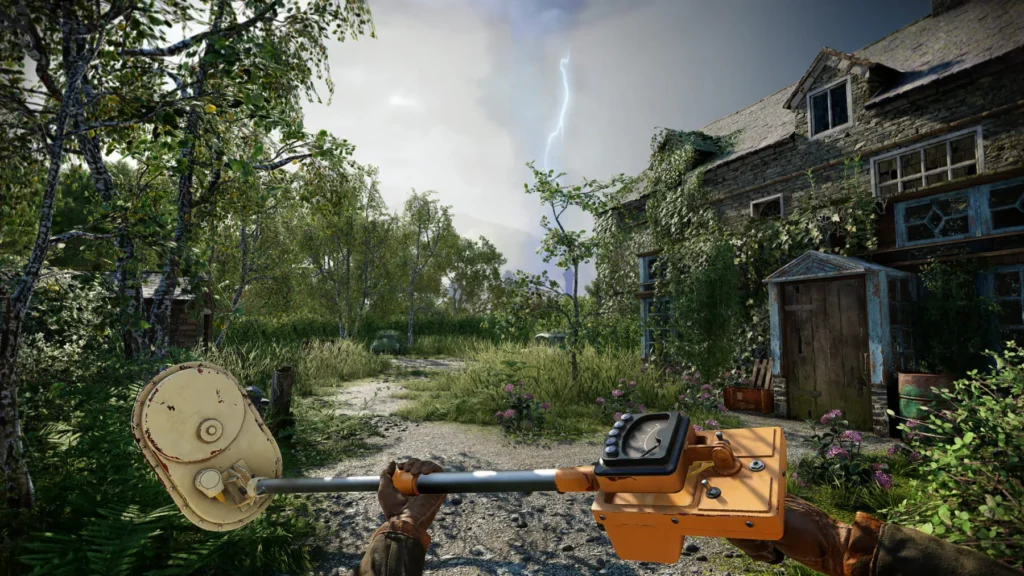
A comparison to Stalker is inevitable, and unfortunately, Atomfall only underscores what made that series so effective. Stalker is a game that feels deeply, unmistakably Ukrainian. It fully embraces the strangeness, paranoia, and existential dread of its setting, weaving them into every part of the experience. Atomfall, by contrast, never quite captures an equivalent sense of national identity. Britain simply doesn’t have a Chornobyl-style catastrophe in its history, making the entire premise feel more like a speculative exercise than a deeply ingrained cultural nightmare.
None of this makes Atomfall a bad game, but it does make it an underwhelming one. The core mystery is engaging, and the storytelling structure is refreshingly focused, but the world and mechanics fail to elevate those strengths. There’s a great idea at the heart of Atomfall, one that could have stood alongside the best of the nuclear wasteland genre. But without a clearer sense of identity—either mechanically or thematically—it remains a shadow of the games that inspired it.

